Reflection on Child Interaction: Education Module, University
VerifiedAdded on 2022/08/25
|5
|1081
|28
Homework Assignment
AI Summary
This assignment presents a detailed reflection on a student's interaction with a child during playtime, analyzing the child's behavior and the student's responses. The student applies Erikson's theory of psychosocial development and Piaget's theory of cognitive development to understand the child's actions within the context of the environment. The reflection follows Smyth's model, describing the incident, informing the analysis with relevant theories, confronting the student's assumptions, and reconstructing the experience to inform future practice. The student highlights the importance of building positive teacher-child relationships, fostering communication, and creating a supportive learning environment. The assignment also references the New Zealand teachers guide and professional knowledge standards, emphasizing the ethical, professional, and legal responsibilities of educators. The student demonstrates a commitment to continuous self-improvement and a deeper understanding of child development and effective teaching strategies.
1 out of 5
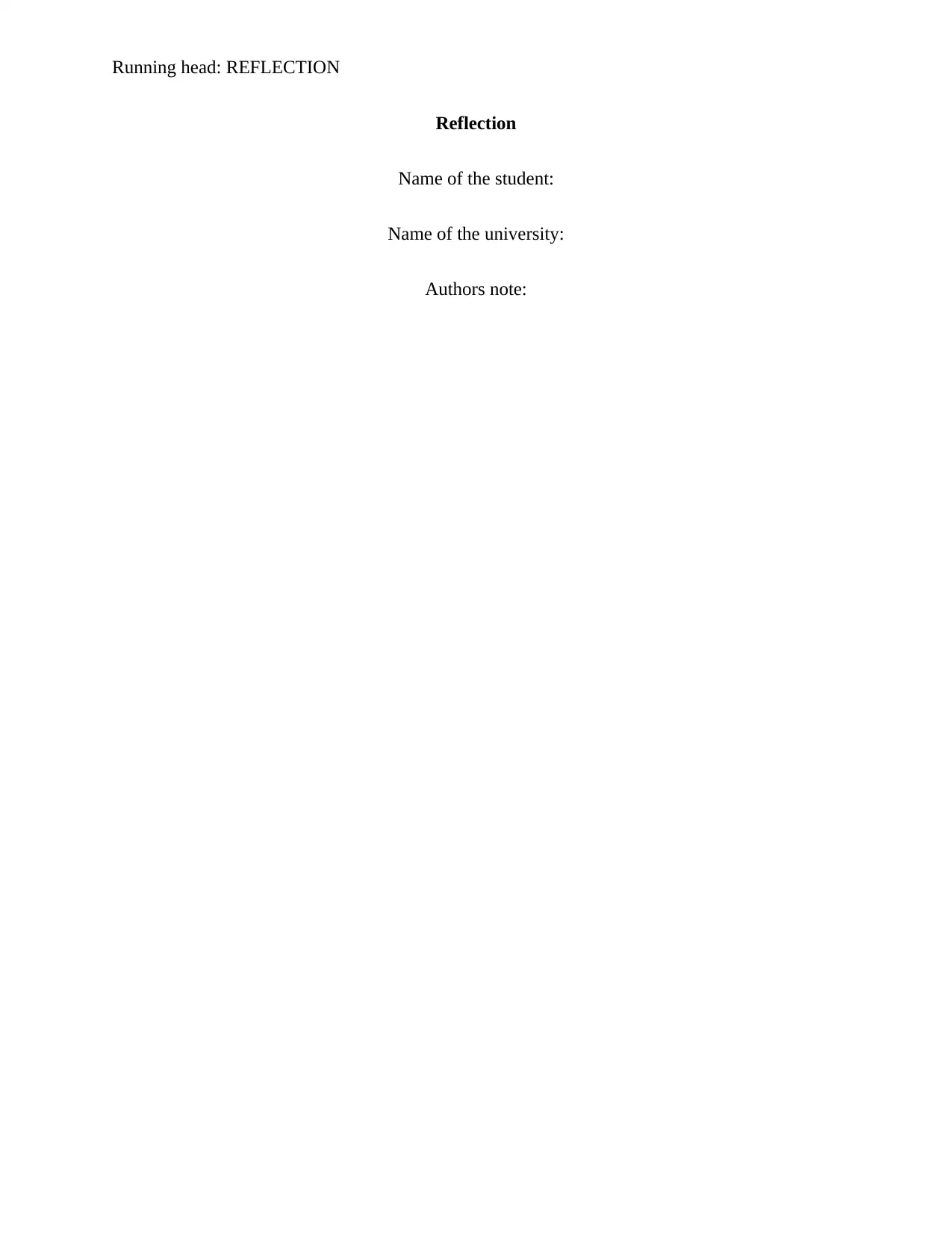
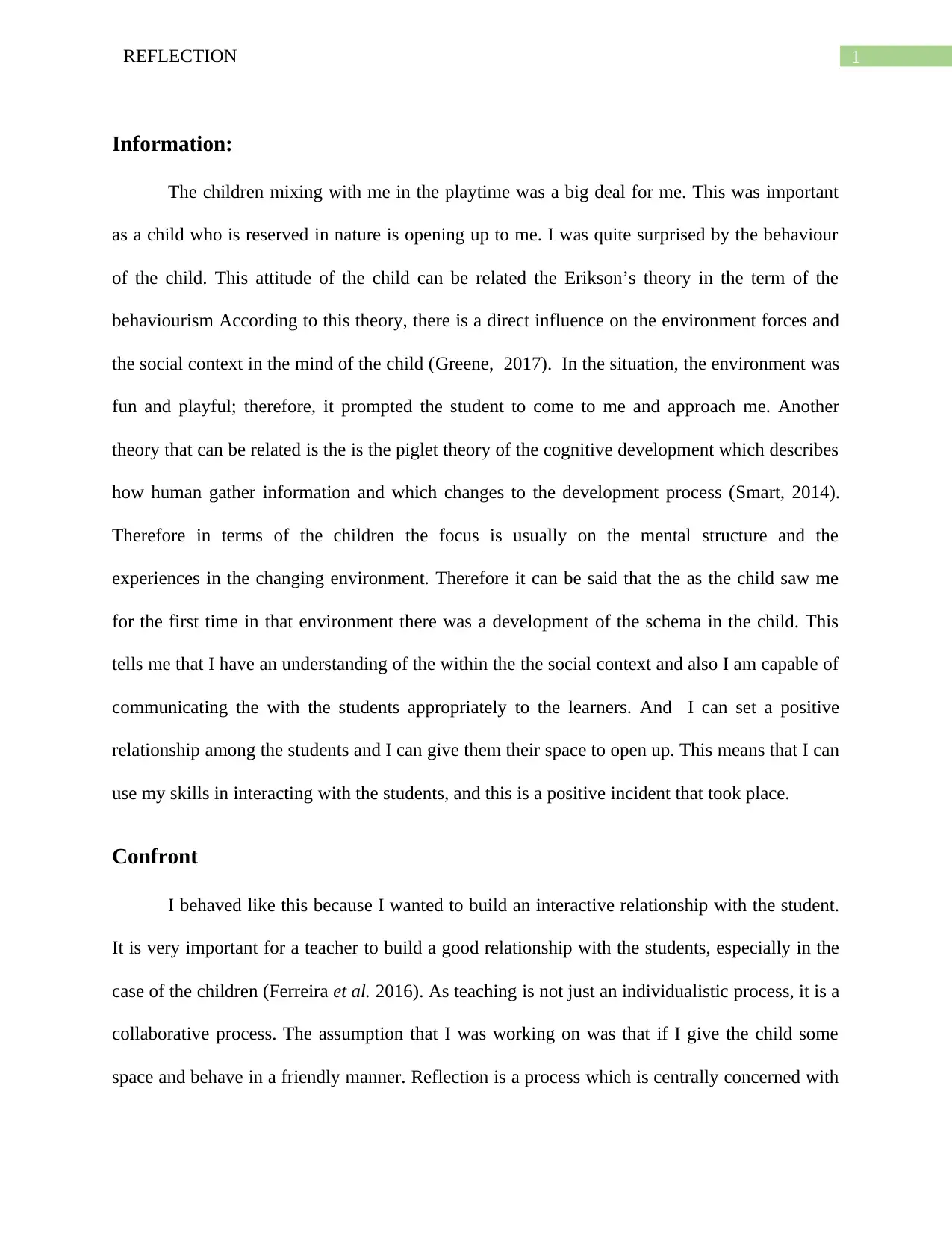
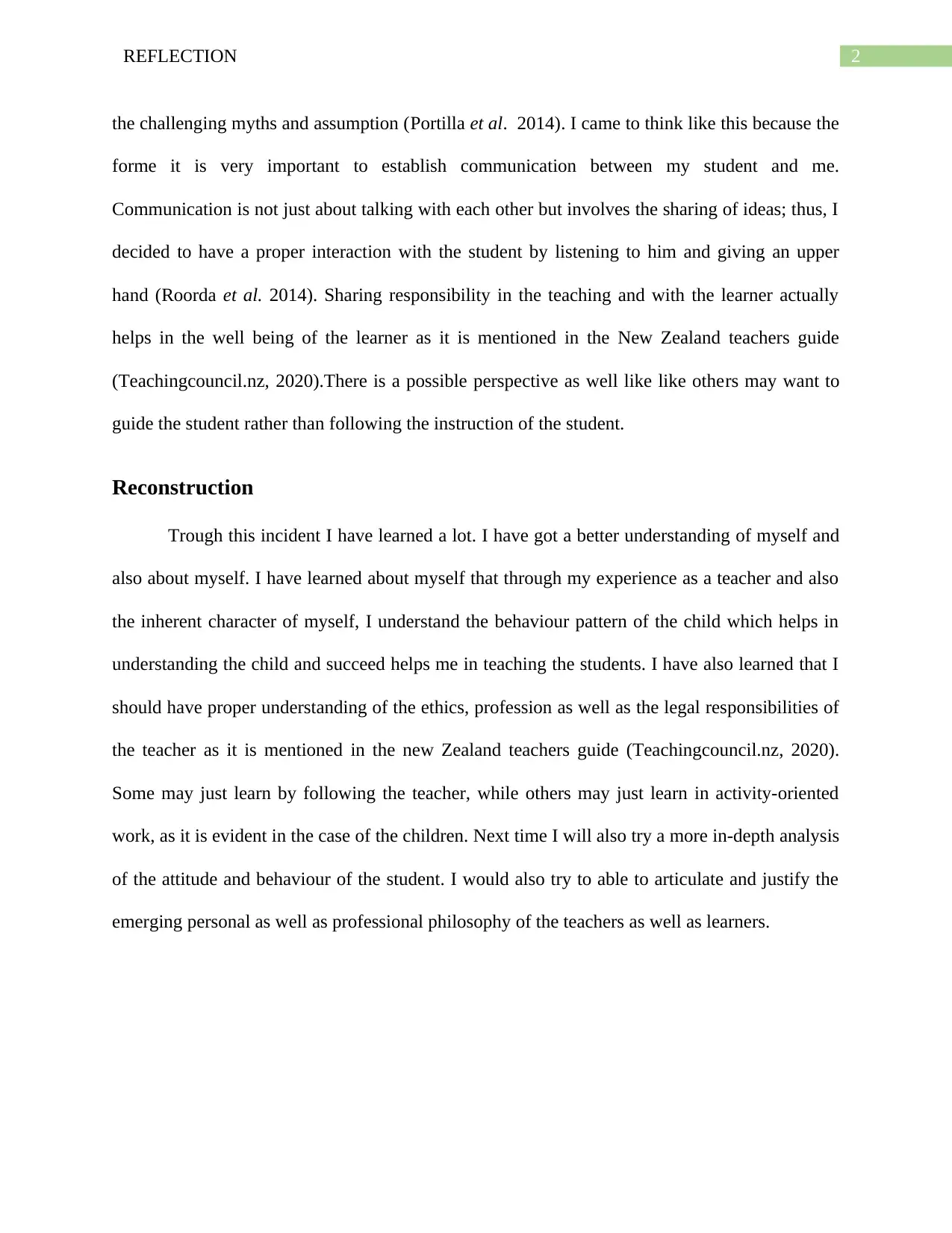

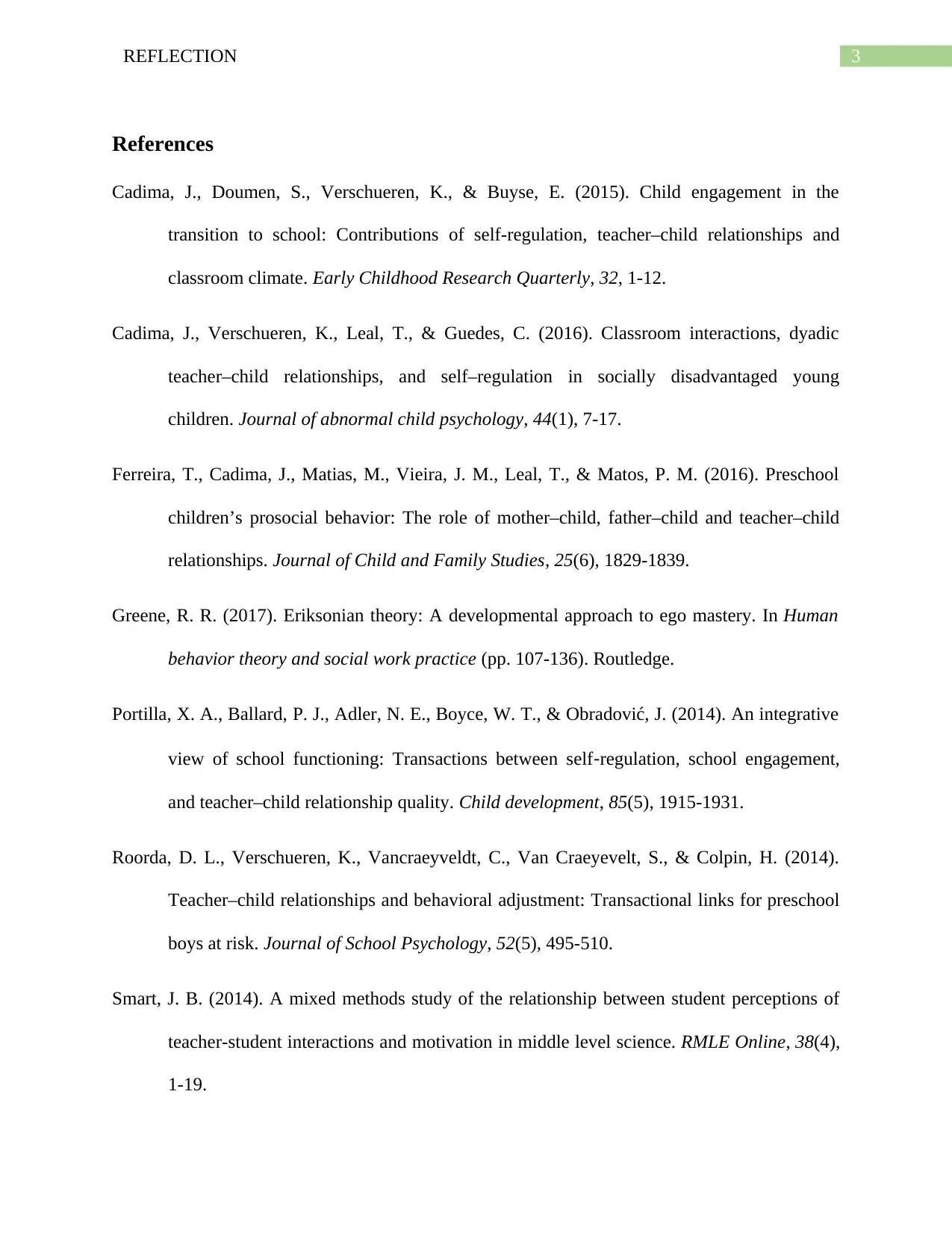
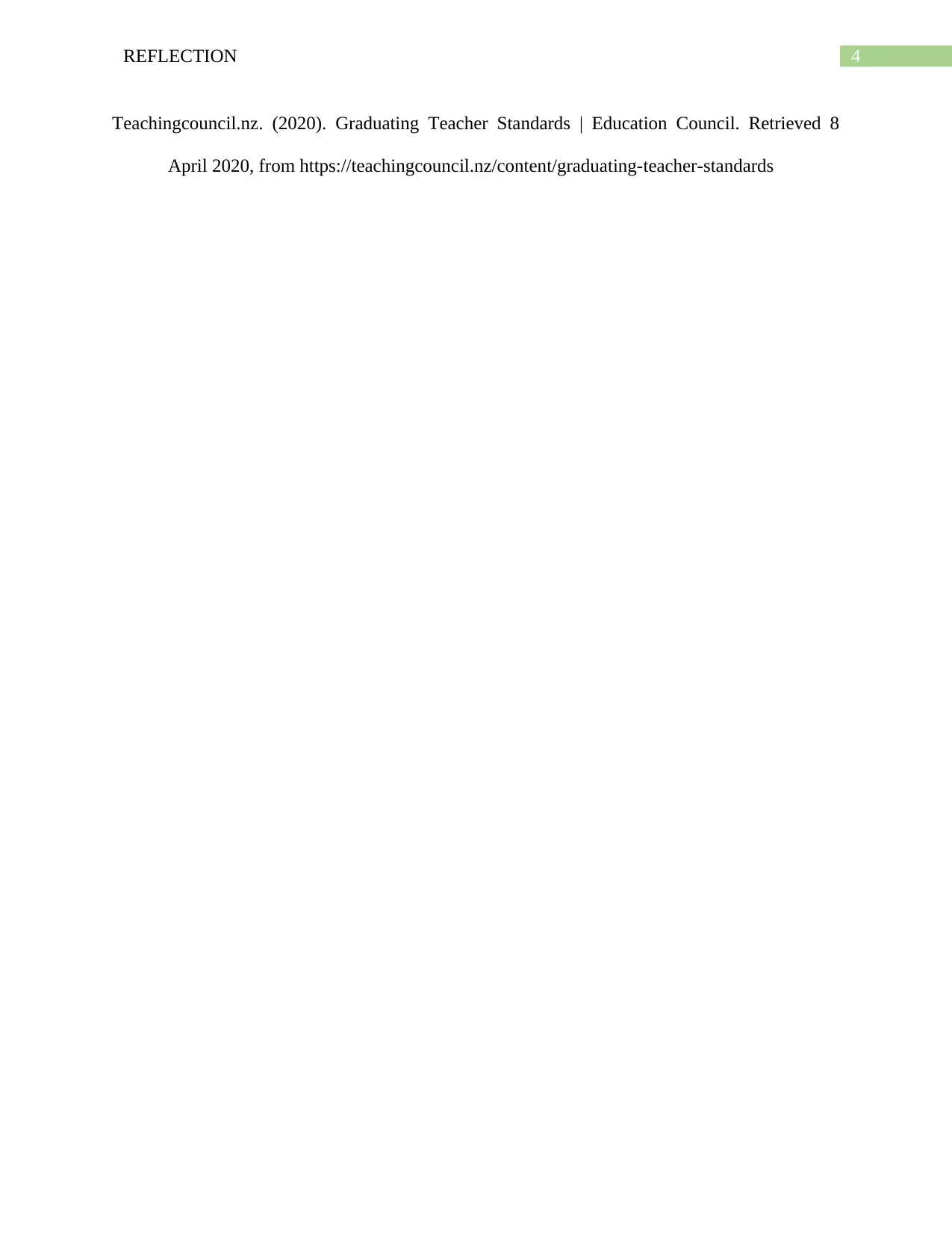






![[object Object]](/_next/static/media/star-bottom.7253800d.svg)